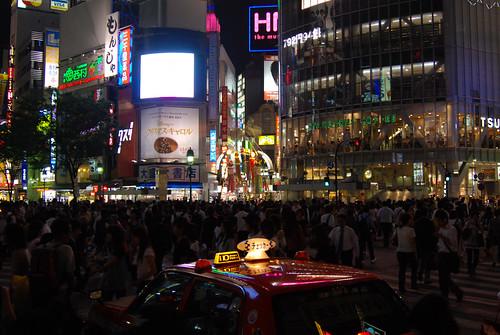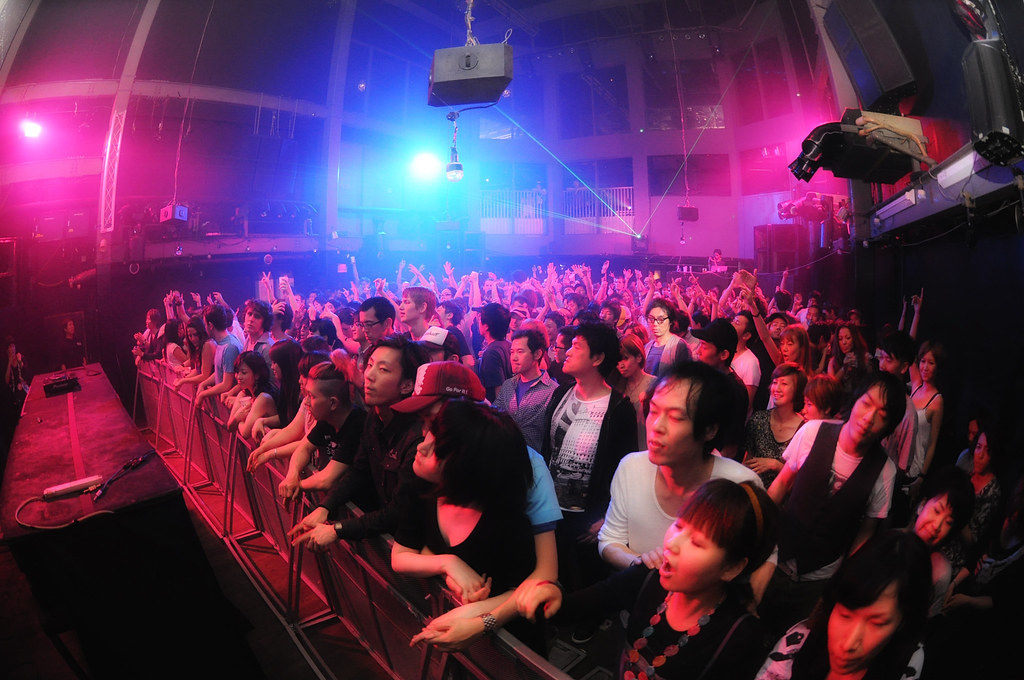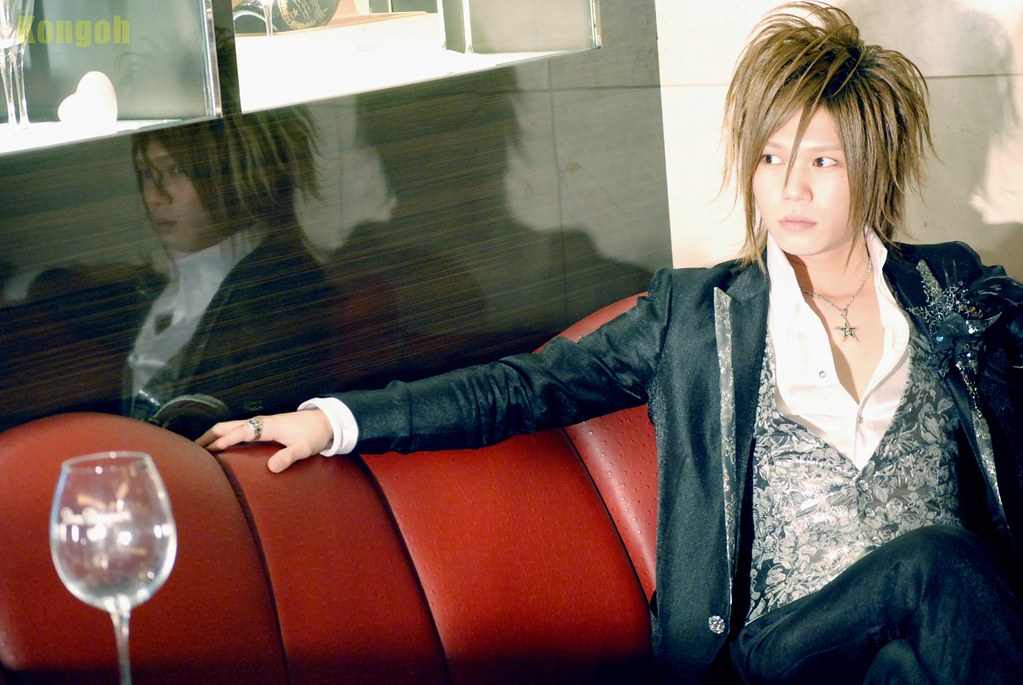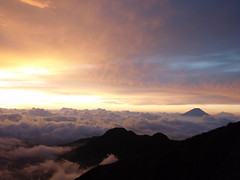Wake up as early as you can to get started on your day, because there might be a wait for the showers. Be sure to wear sunblock, because Tokyo's UV index can be pretty high, and, out of courtesy for the people around you (and other foreigners who have to live with the impression you make), deodorant. This may seem like a "duh" sort of thing, but you'd be surprised how many people let it slide just because they're on vacation. If you picked up a pack of deodorant sheets from the convenience store yesterday, slip those into your bag--you'll thank yourself later.
By now, you probably know how to get to Asakusa station from the hostel. If not, just ask your friendly Sakura Hostel staff-member for a quick refresher. If you're hungry, trot on over to the convenience store and peruse the prepared foods area. (Hint: sandwiches are a breakfast food in Japan...who knew?).
If you're up for adventure, grab a couple of random Onigiri (rice-balls), but be sure you get the ones in the triangular package, since they have this brilliant form of packaging that separates the crispy seaweed wrapper from the rice, for that coveted CRUNCH.
Remember, kids: there's no excuse for soggy nori. ;)
After the konbini shuffle (the moment of awkwardness after the clerk puts your receipt on your palm, followed by a neat stack of slippery change on top of the receipt, leaving you with the following choice: A) set down your bag and wallet so you can take your change out of your other hand and put it away
It's time to hit the concrete jungle.
There are TONS of things to do in Ikebukuro, and it can get a bit overwhelming if you don't know where to start. My suggestion? Sunshine City. This "City within a City links a block of buildings, among them the Ikebukuro Prince Hotel, the Culture Center and a shopping complex. The centerpiece is the 60-storied Sunshine 60--so tall they installed in it one of the fastest elevators in the world. The ground on which the Sunshine City now stands was once the notorious Sugamo Prison where Prime Minister Hideki Tojo, war criminal of WWII, was hanged." (travel.yahoo.com)
There you go: shopping, tourism, and history all in one. There's an aquarium, an observation tower, and tons of quirky stores. If you love Hello Kitty, head to the basement for a sight so pink it would make Paris Hilton bleed out the eyeballs. This is a great place to grab a custom souvenier, like one of the hundreds of cell-phone straps or pens with themed Hello Kitty charms, or an iPhone case encrusted with colored crystals in the shape of Kitty-chan's face. I am not even kidding.
If you prefer culture, check out the Japan Traditional Craft Center for gorgeous displays of ceramics, lanterns, dolls, woodcarving, and a host of other lovely and delicate arts. (MAP/DIRECTIONS)
Whatever you decide to do this morning, you'll probably be starving by noon. I suggest taking a look at this awesome reference website. Bento.com offers not only reviews and MAPS to restaurants all over Tokyo, it also categorizes them by area and style.

But I gotta say, if you're going to be in Ikebukuro, you CANNOT LEAVE without going to Milky Way. I have been known to base an entire day's worth of trips around this single restaurant.
The shop is well-known to any high school-aged girl who frequents the shopping centers of Ikebukuro, but I've met businessmen who adore it just as much. It's an ice cream shop and cafe with an astrology theme, and though there's guaranteed to be a line, it's usually not too bad. You'll get in faster on a weekday before school lets out. Try to snag a window-seat so you can observe the flocks below. Ikebukuro has just as colorful a populace as Shibuya! It's about a five-minute walk from the station, and you can find a map here.
Ready to walk off all those calories? I thought not. But we're gonna do it anyway.
Check back soon for Day 2 (Part 2)!
じゃね!
Do you have other recommendations for Ikebukuro? What restaurants or shops or attractions did you love? Anywhere to avoid?
























